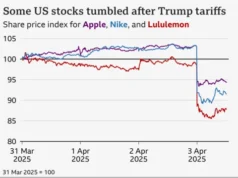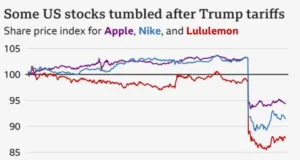Sri Lanka will earn around USD 1.2 billion from tea exports for 2023 exporting around 260 million Kg, said Chairman of the Sri Lanka Tea Board, (SLTB) Niraj de Mel, last week.
SLTB is forecasting a modest growth for 2023 in comparison to the current year estimating an increased production of 290 million Kgs with export revenues expected to increase to USD 1.4 billion. Due to the depreciation of the rupee against the dollar, during the first half of the year and a shortage of tea, sales caught up and auction prices increased sharply from March 2022. Despite fuel shortages and logistic issues, the Regional Plantation Companies and smallholders have been able to continue the harvesting of green leaf throughout the year. When compared to 2020 and 2021 volumes, the Green Leaf price to smallholders has increased exponentially from July 2022 onwards.
“The tea smallholder who used to get around Rs. 90 per kg three years ago is now getting around Rs. 250 per kg and some estates have paid nearly Rs. 1,000 per kg. He said that though the glyphosate fertiliser ban is lifted planters should not use it heavily as a ‘global ban of glyphosate’ is imminent for the tea industry. Some countries like Taiwan already reject tea grown with the use of glyphosate.” He recalled that tea production reached an all time high with a record of 340 million Kgs in 2013. “After short increases during the period 2017 to 2019, tea production recorded a decrease in 2020, mainly due to the fallout from the pandemic and now we are taking several steps to increase production.”
The Tea board is offering a host of financial grants and loans to the tea growers, factories as well as for exporters. “These include subsidies for replanting, fertiliser for growers, special grants and loans for factories to upgrade their machinery and soft loans for exporters for packaging. These facilities exceed Rs. 4 billion per year.”
Tea Commissioner E. Edirisinghe said that they would also provide Rs. I million for tea factory expansion which comes as a grant. “In addition, we pay 3% of the capital when factories install solar,” he said.







